1. Mount Taimu was originally named Mount Cai. During Emperor Yao's reign, a woman named Lan Gu lived there, making a living by growing indigo (a plant used to extract blue dye in ancient times) and was widely loved for her kindness. She used the green snow bud tea she grew as a remedy for measles, saving many children. She was revered as a deity and called Taimu, and the mountain was hence named Mount Taimu. Later, during Emperor Wu of Han's reign, Dongfang Shuo was sent to confer titles on famous mountains across the land, and Mount Taimu was named the foremost of the thirty-six famous mountains, officially renamed Mount Taimu.
2. When did white tea originate? Experts believe it dates back over 4,000 years, even earlier than green tea. Ancient people used tea leaves for medicinal purposes, and due to the seasonal nature of tea shoots and the difficulty of preservation, they could only sun-dry them for storage. This method of sun-drying is essentially the same as the traditional white tea processing technique.
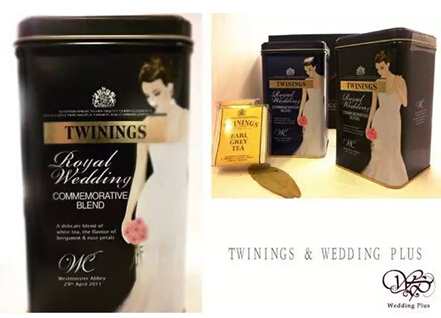
Beauty of Nature
Ming Dynasty scholar Tian Yiheng wrote in "Spring Water for Brewing Tea": "Tea processed with fire is inferior, while sun-dried tea is superior, as it is closer to nature and free from the smell of smoke... When sun-dried tea is brewed, the leaves unfold gracefully, appearing vibrant and lovely."
Ming Dynasty scholar Wen Long noted in "Tea Notes": "Tian Zi considers sun-dried tea without rolling or frying as the best, though he has not tried it himself."
"Sun-dried tea is superior, as it is closer to nature" and "the method of not frying or rolling"—are these not the characteristics of white tea today?
The beauty of white tea lies in its natural simplicity. Its processing is straightforward, without the rolling and shaping required for green tea or the complex oxidation and mechanical steps of oolong tea. Unadorned yet radiant, it shines in its purity.
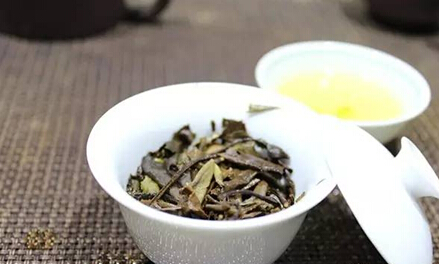
Beauty of Appearance
Silver Needle white tea competes with snow in whiteness, standing upright like a lotus emerging from water. It resembles a pure maiden in white, silent yet captivating.
White Peony, named after the "king of flowers," the peony, exudes elegance and charm. Its buds and leaves are connected, curling at the edges, with red veins. When brewed, the tender buds resemble blooming flowers, with green leaves cradling the buds like a budding blossom. Shou Mei, though rustic, embodies reliability, much like the steadfast women who uphold households.
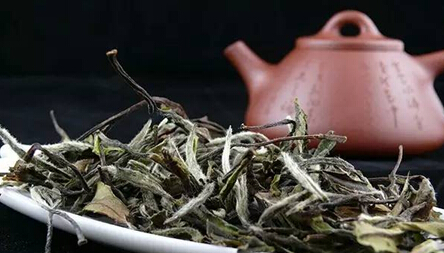
Beauty of Efficacy
In rural northeastern Fujian, white tea is often stewed with rock sugar to reduce heat and treat toothaches or constipation. In Fuding and other white tea-producing regions, aged white tea is used to treat measles and fever in children. To this day, it is known as the "anti-inflammatory and heat-reducing tea."
Folklore also attributes white tea with curing sore throats, colds, stomach discomfort, detoxification, heat relief, and acclimatization.
Studies show white tea reduces lipid peroxidation in the liver and brain, enhances immune function, lowers cholesterol and triglycerides, improves liver function, and aids in weight loss. Traditional Chinese medicine confirms its cooling properties, making it effective for heat relief and detoxification.
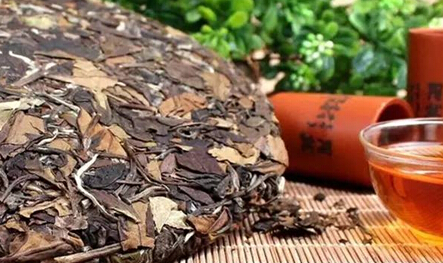
Feminine Beauty
Essayist Tang Yi wrote in "White Tea, White Tea": "The subtle charm of white tea lingers. After drinking it for three years, I reached a state where I couldn't sleep without a cup of freshly brewed white tea at night."
Lu Qiuhua wrote in "White Tea · Women": "Silver Needle stands gracefully in the cup, a sight to behold. Some women are like Silver Needle—confident, independent, elegant yet resilient; wise and sophisticated, capable yet charming. They love themselves and others, like urban fairies. Their motto is 'We age gracefully.'
White Peony, with buds and leaves connected, resembles flowers when brewed. The green leaves cradle the buds like a blooming flower, akin to refined women. Often white-collar workers with high cultural literacy, they enjoy life. Serene, gentle, noble, and approachable, they are like a pool of autumn water or a cup of sweet, mellow white tea. Shou Mei (Gong Mei) resembles most ordinary women. Though busy with work or household chores, they never forget tea as an essential part of daily life. They appreciate fine tea but don't disdain humble varieties. Brewing and drinking tea is a daily ritual for them.
They not only love tea but understand its nature, knowing how to maximize its benefits. Though they often drink simple tea, they serve their best珍藏 to guests, whether friends or visitors, high-ranking or humble."
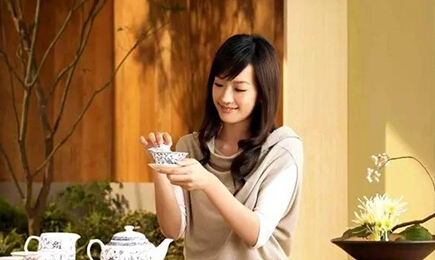
Beauty of Time
White tea is often said to be "one-year tea, three-year medicine, seven-year treasure." Its simple processing preserves the leaves'活性, allowing them to transform over time.
White tea can also be a tea of memory, a backward-looking tea that carries the secrets of time. In the richness and depth of aged white tea, the weight of years is stored.
Beauty of Fashion
In 2011, TWININGS selected white tea as the main ingredient for the commemorative tea for Prince William and Kate Middleton's royal wedding, inspired by Kate's时尚 white attire.

In the UK, white tea is流行 for beauty, and the US has caught on, with Starbucks prominently introducing white tea. Modern trends highlight white tea's时尚 beauty, leading to衍生 products like white tea skincare, lotions, toothpaste, whitening kits, cleansers, serums, cosmetics, and extracts.